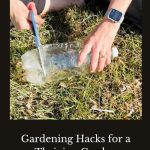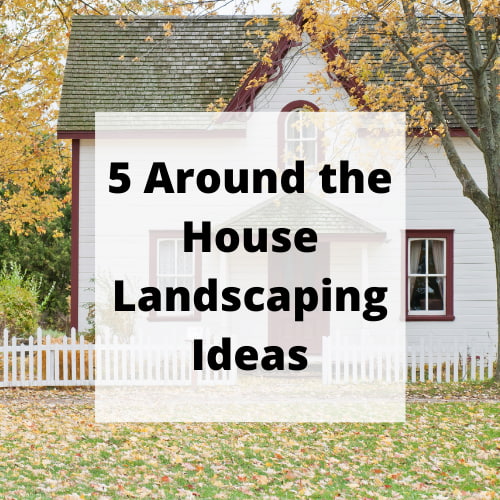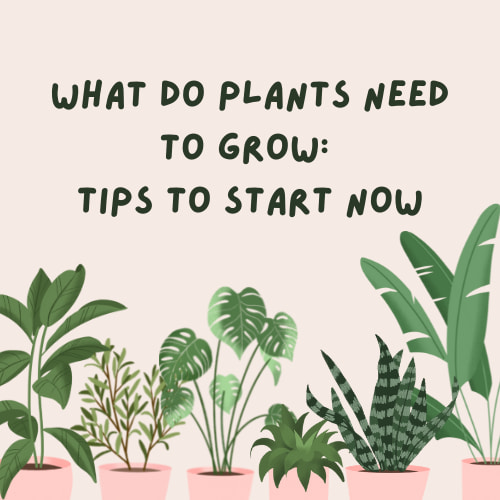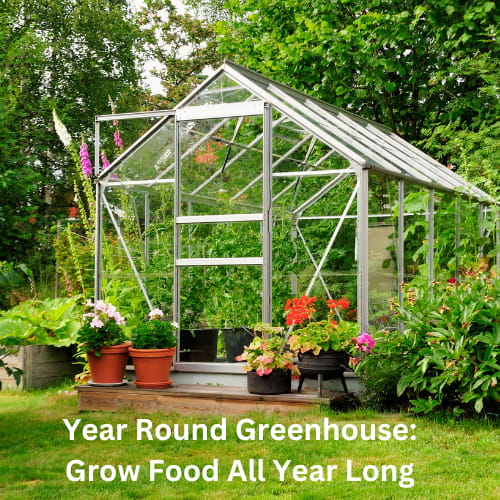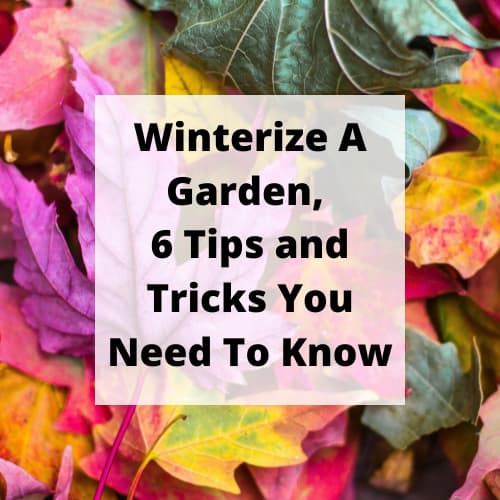Gardening Hacks for a Thriving Garden
Are you ready to take your gardening skills to the next level? Look no further! In this article, we’ll explore some clever gardening hacks that will help you create a beautiful and thriving garden. Whether you’re a seasoned gardener or just starting out, these tips and tricks will surely make your gardening experience more enjoyable and productive.
This post may contain affiliate links, I earn from qualifying purchases at no extra cost to you. Click here for my disclosure policy
Gardening Hacks Video
Gardening Hacks Instructions



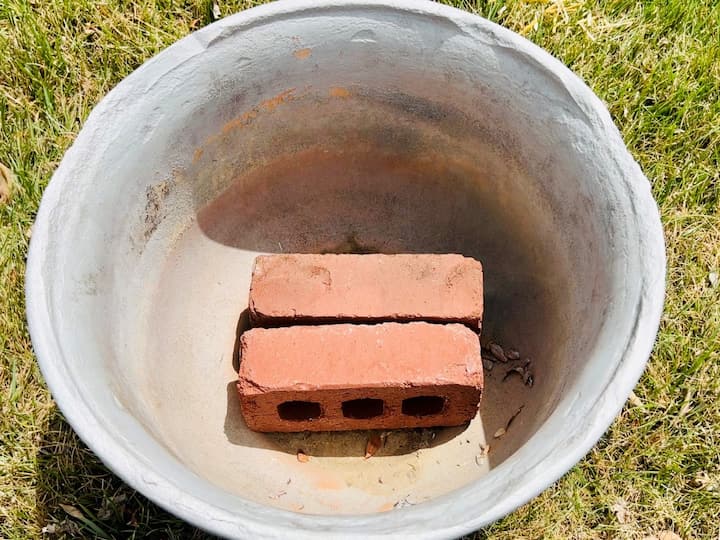

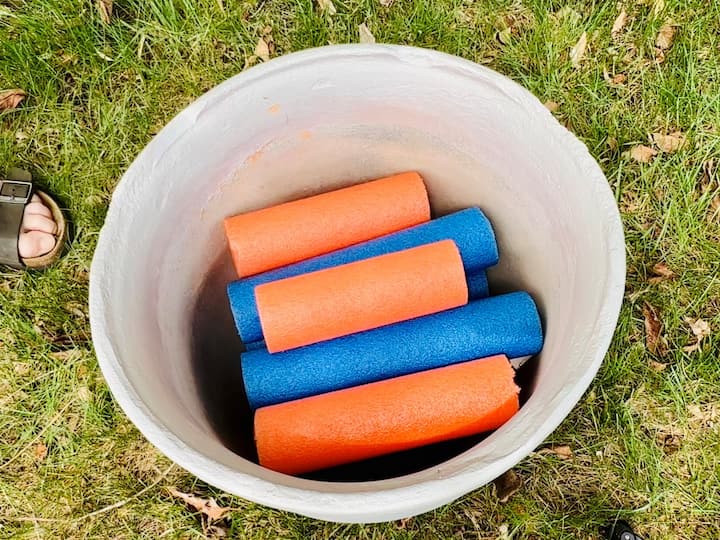
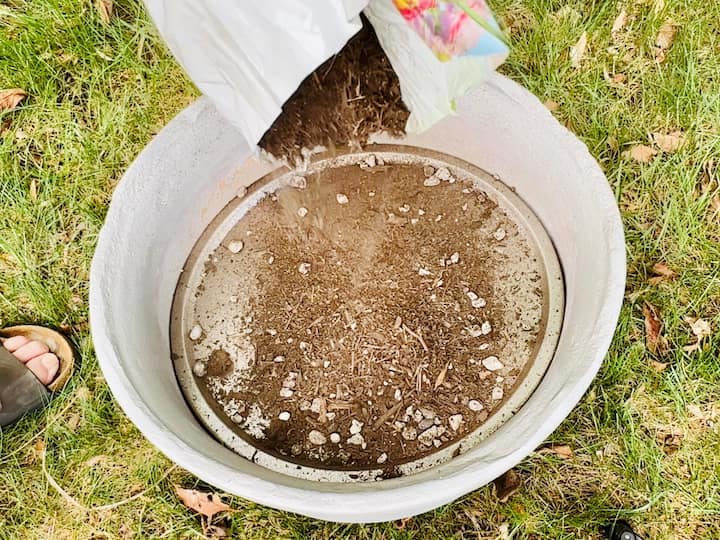
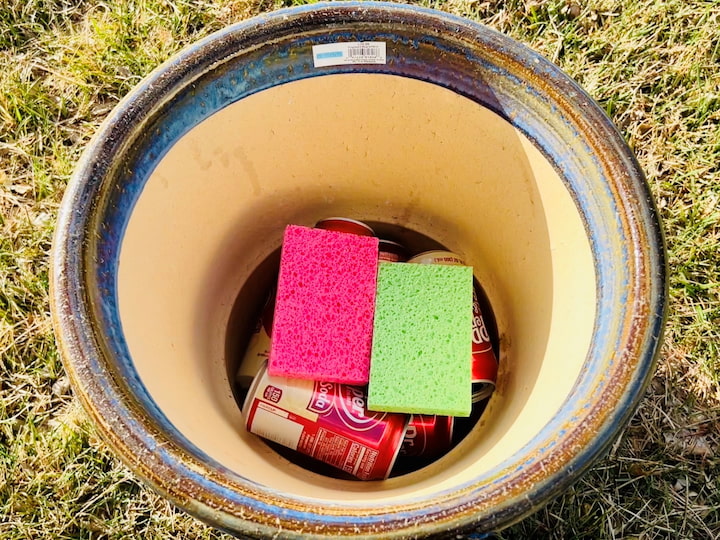
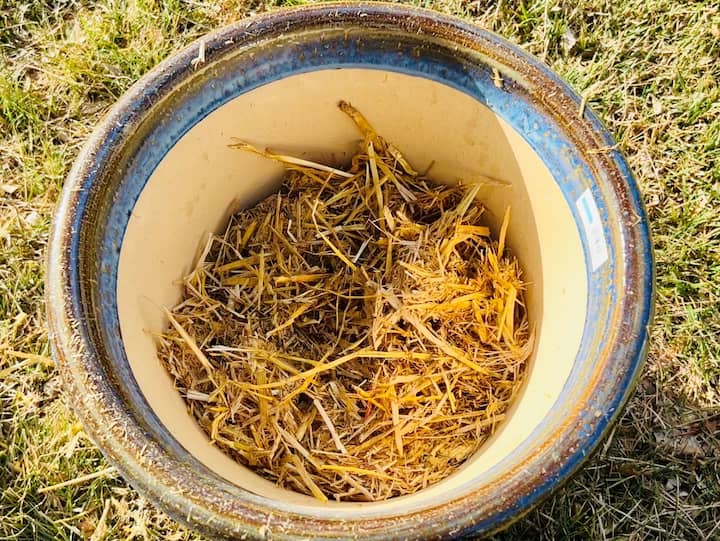
Fillers for Large Flower Pots
Instead of using large amounts of dirt to fill up your flower pots, why not try some alternative fillers? Head over to Walmart or your favorite gardening center to grab the supplies you need. Here are some creative options to consider:
- Pine cones
- Bricks or rocks
- Plastic bottles
- Sticks and branches
- Mulch or leaves
- Recycled paper, magazines, or phone books
- Pool noodles
- Pizza pan
- Dirt
By incorporating these fillers, you can reduce the amount of soil needed while providing excellent drainage for your plants. To retain moisture, consider adding sponges to the top of the fillers.
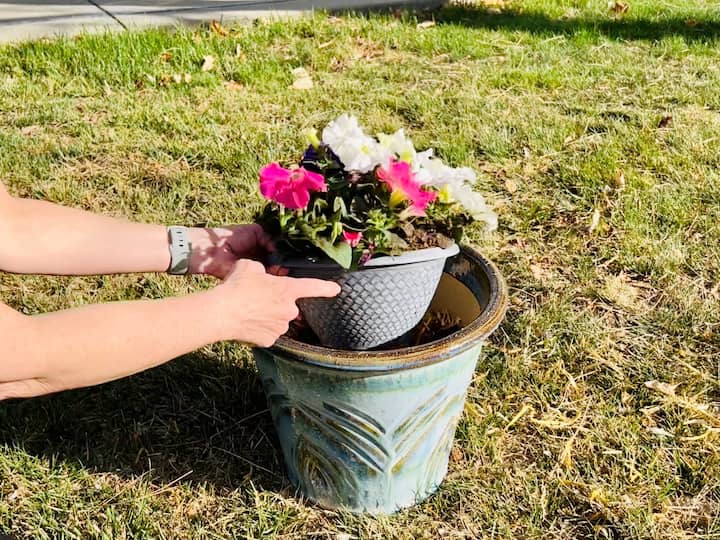


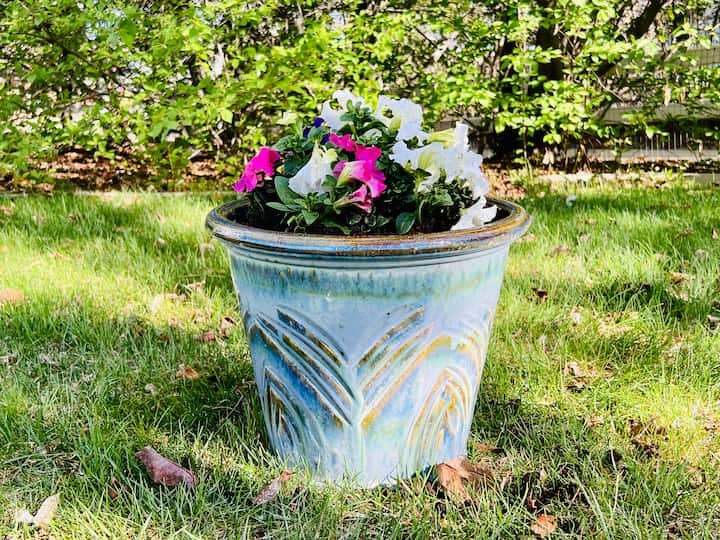
Strategic Planting in Flower Pots
When planting in flower pots, there are a couple of useful hacks you can try. Firstly, you can leave a plant in its original pot and simply place it on top of the fillers. Alternatively, you can remove the plant from its pot and plant it directly into the flower pot, on top of the fillers. Fill in the remaining space with extra dirt. For easy and precise filling, use a trash bag to guide the dirt into the pot.
You might also be interested in my post: 11 Thrift Store Finds For Unique Planters

Coffee Grounds as Fertilizer
Don’t throw away those coffee grounds! They make an excellent fertilizer for your plants. Instead, save them and add them to your soil. Many plants thrive with a little bit of coffee grounds mixed into the soil. So the next time you brew a cup of coffee in the morning, save the grounds and give your garden a natural boost. (It can also repel pests and bugs)

Epsom Salt for Nutrient-Rich Soil
Next time you’re at the store, grab some inexpensive Epsom salt. This affordable product can work wonders for your plants. You can either add it to the water you use for watering or sprinkle it directly into the soil. Epsom salt adds essential nutrients that your soil needs to promote healthy plant growth.


Easy DIY Tool Caddy
Make your gardening tasks more convenient with a DIY tool caddy. Simply place your gardening tools and gloves into a dollar store bucket. This way, you can easily carry them around your garden as you work on different areas. It’s a simple and cost-effective solution for keeping your tools organized and accessible.
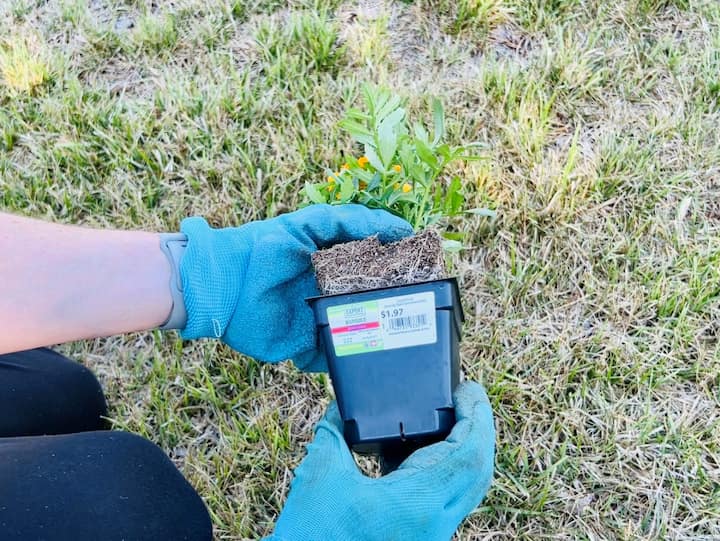

Transplanting Plants with Ease
Transplanting plants doesn’t have to be a hassle. Instead of struggling with plants in plastic sleeves, try this handy hack. Give the base of the plant a gentle squeeze to loosen the soil, and the plant will come out easily. Now you can effortlessly place your flowers into pots or plant them directly into the ground.
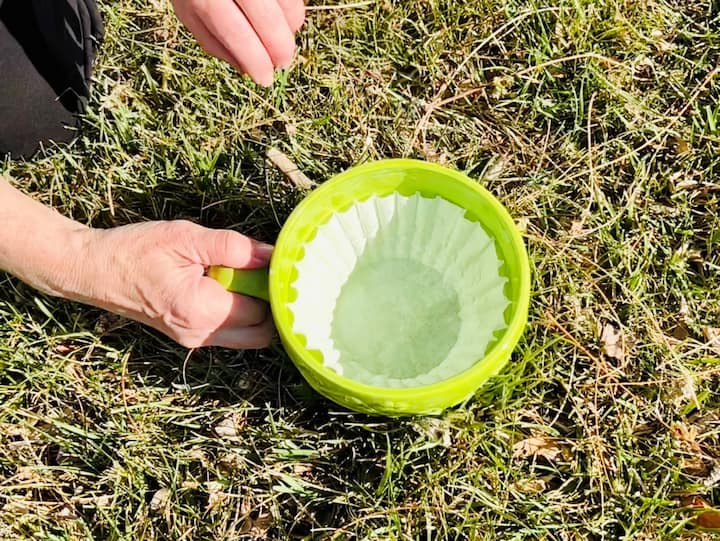
Coffee Filters for Drainage and Weed Control
To prevent soil from falling through the drainage holes in your pots, use coffee filters. Simply place a coffee filter at the bottom of the pot before adding soil. This allows water to drain out while keeping the soil inside the pot and prevents weeds from growing up into the holes. It also stops weeds from competing with your vegetables for nutrients and hinders their growth.
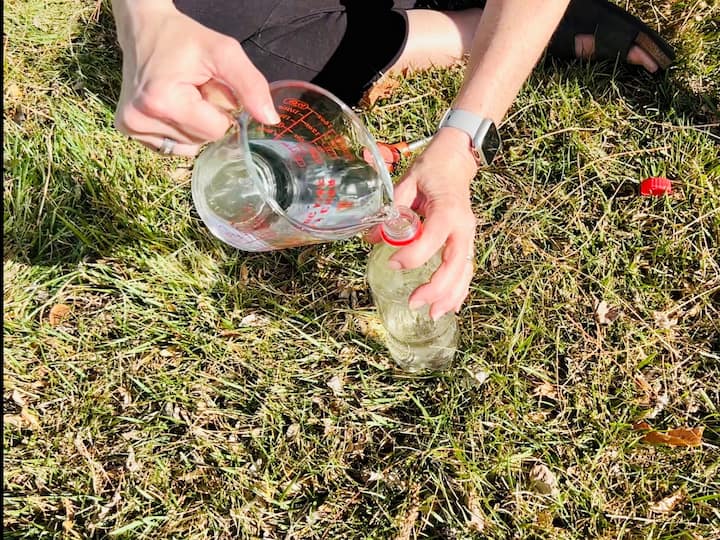
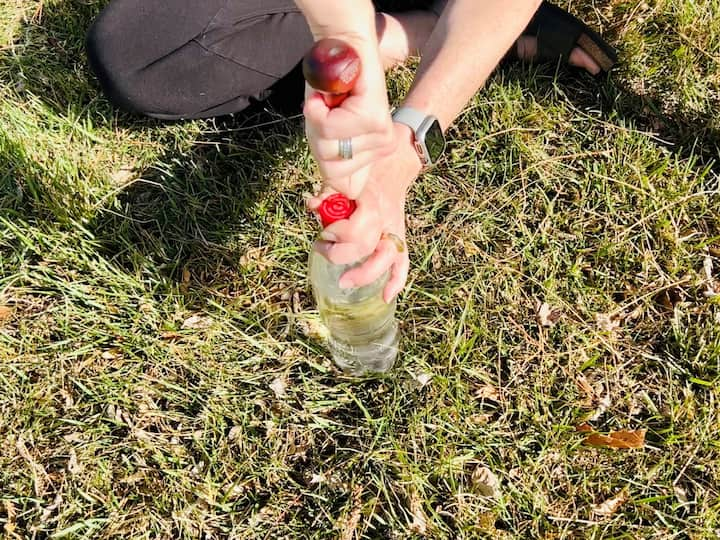

DIY Watering Can From A Recycled Bottle
When starting seeds, here are a couple of creative hacks to try. First, remove the label from a small bottle, add water, and poke holes in the cap. This recycled water bottle can be used to water your plants.

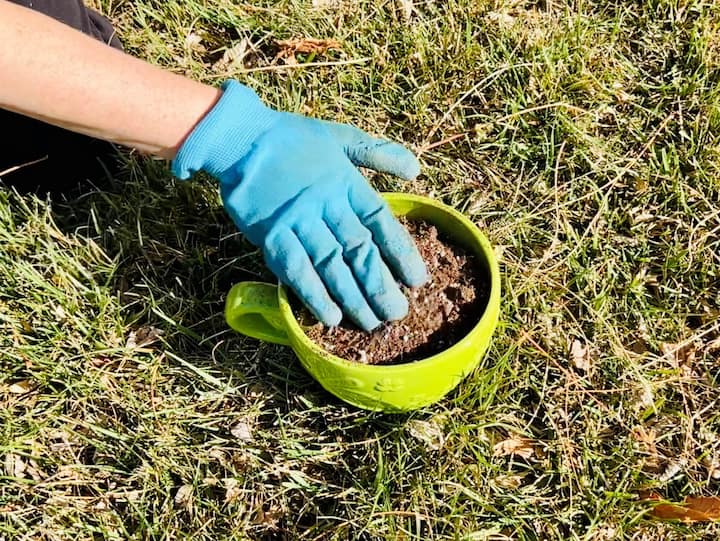
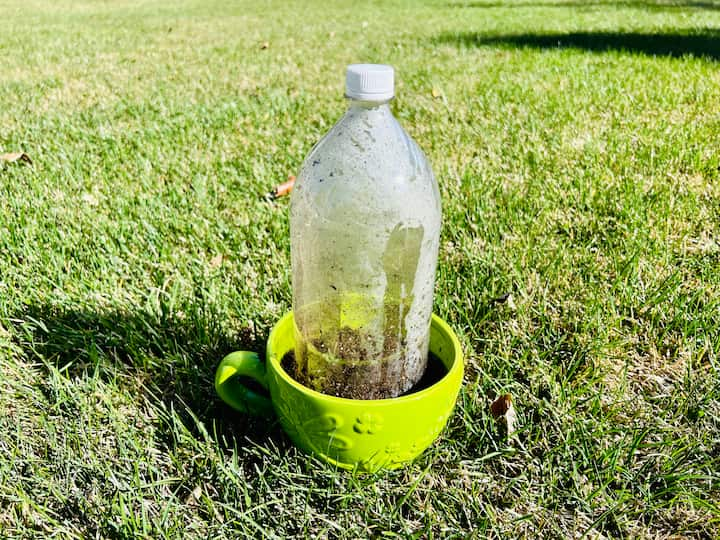

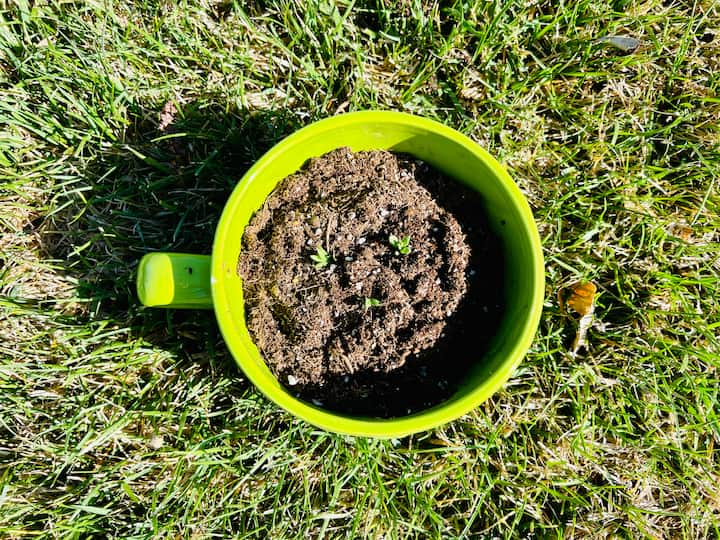
Creative Seed Starting (Mini Greenhouses)
For a mini-greenhouse effect, cut the label off a two-liter bottle and remove the base. Place the 2-liter bottle lid on top, press it lightly into the soil, and create a terrarium. The water will evaporate from the plant and then condense back into the soil, creating a self-sustaining environment for your seeds to grow. Over time, your seeds will sprout and be ready for transplantation into your garden.
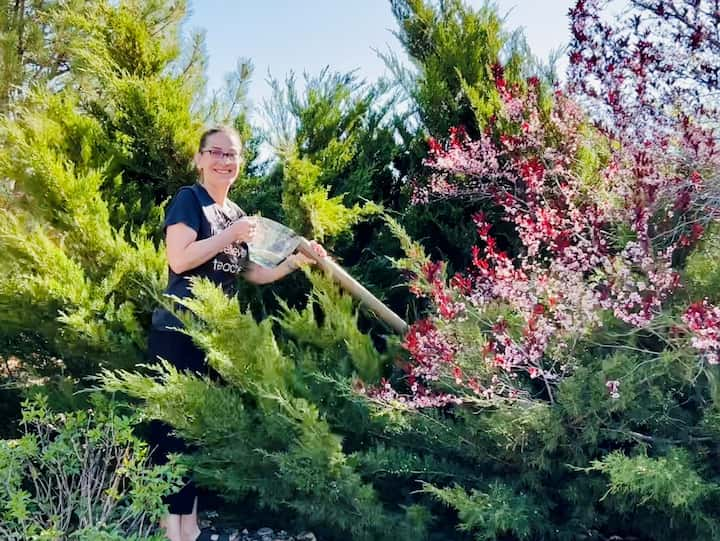
Fertilizing Hard-to-Reach Bushes
Fertilizing large bushes can be challenging, but we have a hack for that too! Take your favorite dish with a pouring spout and fill it with the fertilizer of your choice. To reach the roots of the bush, grab a cardboard wrapping paper tube and insert it into the soil, reaching down to the bottom. Slowly pour the fertilizer into the tube, allowing it to reach the plant’s roots effectively.
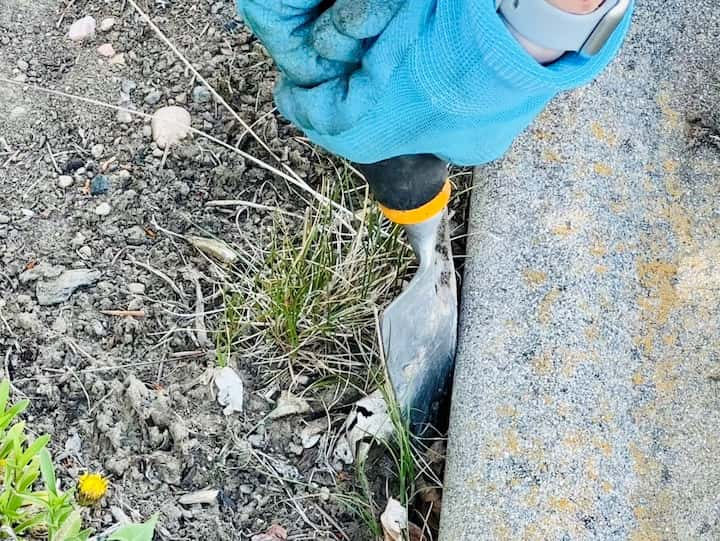
Easy Edging Cleanup
Maintaining clean edging in your garden is crucial for a polished look. Use a small spade or a large shovel, depending on the amount of grass you need to remove. Place the spade right next to the edging and gently pry the grass up, removing it from the area. This simple technique ensures a neat and defined border for your garden beds.


Keep Your Tools Clean with Baby Oil
Cleaning dirt off your gardening tools can be a chore. But here’s a simple hack to make it easier. Grab some baby oil and pour a small amount onto your tools. Rub the oil all over the surfaces of your tools, especially the shovel. As you shovel, the dirt will effortlessly come off, and any residue can be easily brushed away. Your tools will be clean and ready for the next gardening session.

Additional Gardening Tips and Hacks
Maximizing Vegetable Growth with Seedling Hacks
When it comes to growing vegetables, seedlings play a crucial role. To ensure successful growth and maximize your harvest, here are some clever hacks and tricks you can use:
- Protecting Seedlings from Pests: Pesky pests can wreak havoc on your precious seedlings. To keep them at bay, create a DIY organic spray by mixing white vinegar and water in a spray bottle. This natural solution will deter insects while being safe for your plants.
- Utilizing Eggshells for Calcium: Eggshells are a fantastic source of calcium, essential for healthy vegetable growth. Crush eggshells into small pieces and sprinkle them around your plants. As they break down, the shells will release calcium, promoting strong stems and preventing blossom-end rot in tomatoes and peppers.
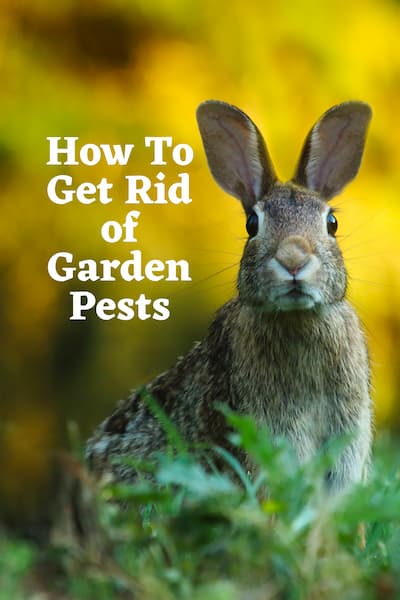
Effective Pest Control and Organic Fertilization
In addition to seedling hacks, maintaining a thriving vegetable garden requires effective pest control and organic fertilization methods. Here are some additional garden hacks to help you achieve this:
- Deter Slugs and Snails: Slugs and snails can quickly munch on your tender seedlings. Create a natural barrier by placing crushed eggshells or a circle of cinnamon around your plants. These substances act as deterrents, keeping these pests away.
- Natural Pest Repellents: Certain insects can harm your vegetables. Combat them by making a homemade insect spray. Mix mineral oil, water, and a few drops of liquid dish soap in a spray bottle. This concoction effectively suffocates soft-bodied insects, such as aphids, while being safe for your plants.
- Boosting Fertilizer with Epsom Salt: Epsom salt is a fantastic source of magnesium and sulfur. Dissolve a tablespoon of Epsom salt in a gallon of water and use it to water your vegetables once a month. This hack provides a much-needed nutrient boost, resulting in healthy and productive plants.
- Encouraging Pollination: Proper pollination is crucial for the development of fruiting vegetables, such as tomatoes. To enhance pollination, gently tap the flowers or use a small brush to transfer pollen from one flower to another. This simple trick can significantly increase your vegetable yield.
Handy Tools for Indoor and Outdoor Gardening
Whether you’re tending to your outdoor vegetable garden or caring for indoor plants, having the right tools can make a world of difference. Here are some hand tool hacks to aid your gardening endeavors:
- Drainage Holes in Plastic Pots: Plastic pots often lack proper drainage, which can lead to waterlogged soil and root rot. Drill small holes at the bottom of your plastic pots to ensure adequate drainage, allowing excess water to escape and promoting healthier root systems.
- Creative Uses for Terracotta Pots: Terracotta pots are versatile and can serve multiple purposes. Create a simple self-watering system by placing a plastic bottle filled with water upside-down in the pot. The pot’s porous nature will allow the soil to draw water as needed, keeping your plants hydrated.
- Innovative Seedling Markers: Instead of using traditional plant markers, get creative with your seedling identification. Reuse plastic forks by labeling them with a permanent marker and sticking them into the soil next to your seedlings. This way, you’ll have a unique and eco-friendly way to keep track of your plants.
- Repurposing Milk Jugs as Watering Cans: Don’t have a watering can on hand? No problem! Give an old milk jug a new purpose by poking small holes in the lid and using it as a DIY watering can. The jug’s handle makes it easy to carry, and the small holes provide a gentle and controlled flow of water for your plants.
- Using Orange Peels for Pest Control: Citrus peels can be effective in deterring pests such as ants and aphids. Place orange peels around the base of your plants or bury small pieces in the soil. The natural oils found in the peels act as a repellent and can help protect your vegetables from unwanted visitors.
- Protecting Potatoes with Coffee Grounds: Potatoes are susceptible to pests and diseases, but you can give them a helping hand with coffee grounds. Sprinkle used coffee grounds around your potato plants to repel pests like slugs and provide a nutrient boost to the soil. This hack helps to create a healthier growing environment for your potatoes.
- DIY Compost in Plastic Bottles: If you have limited space or want a compact composting solution, repurpose plastic bottles into mini composters. Cut off the top section of a plastic bottle, fill it with kitchen scraps, and add a sprinkle of soil. Tightly secure the cap and shake the bottle regularly to mix the contents. In no time, you’ll have homemade compost ready to enrich your soil.
Gardening Hacks Video
Shop any of these stores and I receive a small commission at no cost to you.
 Veradek V-Resin Indoor/Outd...Shop on Amazon
Veradek V-Resin Indoor/Outd...Shop on Amazon Land Guard Galvanized Raise...Shop on Amazon
Land Guard Galvanized Raise...Shop on Amazon Burpee Wildflower 50,000 Bu...Shop on Amazon
Burpee Wildflower 50,000 Bu...Shop on Amazon Seed Needs, Large 2 Ounce P...Shop on Amazon
Seed Needs, Large 2 Ounce P...Shop on Amazon

Gardening Hacks Q&A Section
Do plastic forks in the garden work?
Plastic forks can serve as a temporary solution to deter pests in the garden. When inserted into the ground with the tines facing upward, plastic forks can create a physical barrier that deters animals and pests from approaching your plants. The idea is that the forks create an obstacle that makes it difficult for pests to access your plants or dig in the soil.
However, it’s important to note that plastic forks may not be effective against all types of pests. Smaller pests, such as insects or slugs, may still find their way through or around the forks. Additionally, larger pests like squirrels or birds may not be deterred by the forks and could potentially damage your plants regardless.
Plastic forks can be a simple and inexpensive option to test in your garden, but for long-term and more effective pest control, it’s advisable to consider other methods. Some alternatives include installing physical barriers like fencing or netting, using organic pest repellents or sprays, companion planting, or implementing integrated pest management strategies.
Remember, every garden is unique, and the effectiveness of pest control methods can vary. It’s always a good idea to monitor your garden regularly, identify the specific pests causing issues, and adjust your pest control approach accordingly.
What are some gardening hacks?
Gardening hacks are clever tips and tricks that can help make your gardening experience more efficient, effective, and enjoyable. Here are some popular gardening hacks:
- Eggshells for Seedlings: Save and crush eggshells to use as seedling starters. The calcium-rich eggshells provide nutrients and help prevent calcium deficiency in young plants. Place a small amount of soil and a crushed eggshell in each section of an egg carton, then sow your seeds. When it’s time to transplant, you can directly plant the seedling and the eggshell in the soil.
- Coffee Grounds as Fertilizer: Coffee grounds can be an excellent addition to your compost pile or directly applied to the soil around acid-loving plants like roses, azaleas, or blueberries. The grounds add organic matter and increase the nitrogen content in the soil, which promotes healthy plant growth.
- DIY Seed Tape: Create your own seed tape by placing seeds at regular intervals along a strip of moistened toilet paper or paper towel. Once the seeds stick to the paper, you can easily lay the tape in the garden, ensuring proper spacing and reducing the need for thinning later.
- Plastic Bottles as Mini Greenhouses: Cut off the bottom of a plastic bottle and place it over delicate seedlings to create a mini greenhouse. This helps protect the seedlings from cold temperatures, wind, and pests while allowing sunlight to reach them. It acts as a cost-effective and portable solution for early-stage plant protection.
- Using Diapers in Potted Plants: Place a clean, unused diaper at the bottom of large pots before adding soil. The diaper absorbs and holds water, providing a reservoir for moisture and reducing the frequency of watering.
- Repelling Pests with Cinnamon: Sprinkle cinnamon around your plants to deter pests like ants, gnats, and aphids. The strong scent of cinnamon disrupts their scent trails and acts as a natural repellent.
- Upside-Down Tomato Planting: Grow tomatoes upside down by planting them in hanging baskets or specially designed upside-down planters. This technique saves space, improves air circulation, and makes harvesting easier.
- Vertical Gardening: Utilize vertical space by growing plants on trellises, fences, or vertical structures. This maximizes your garden’s potential, allows better sunlight exposure, and prevents plants from sprawling on the ground.
- Watering with a Plastic Bottle: Repurpose a plastic bottle by poking small holes in the cap and burying it upside down near plant roots. Fill the bottle with water, and it will gradually release moisture directly to the roots, providing consistent watering while conserving water.
- Attracting Pollinators with Flowers: Plant flowers that attract pollinators like bees and butterflies around your vegetable garden. They will help pollinate your crops, resulting in better yields.
These gardening hacks can save time, enhance plant health, and provide creative solutions to common gardening challenges. Feel free to experiment and adapt these hacks to suit your specific gardening needs and preferences.
How do you water garden hacks?
Watering your garden efficiently and effectively is crucial for the health and growth of your plants. Here are some garden hacks to help you water your garden:
- Mulching: Apply a layer of organic mulch, such as straw or wood chips, around your plants. Mulch acts as a protective barrier that helps retain moisture in the soil. It prevents water evaporation and suppresses weed growth, ensuring that your plants receive adequate hydration.
- Self-Watering Containers: For container gardening, consider using self-watering containers. These containers have built-in reservoirs that store water at the bottom, allowing the plants to draw water as needed. This helps maintain consistent moisture levels and reduces the frequency of watering.
- Watering Deeply and Infrequently: Instead of watering lightly every day, water your plants deeply but less frequently. This encourages the roots to grow deeper into the soil in search of moisture, resulting in stronger and more drought-tolerant plants. Deep watering also helps prevent shallow root growth.
- Drip Irrigation System: Installing a drip irrigation system is an efficient way to water your garden. Drip emitters deliver water directly to the plant’s root zone, minimizing water waste through evaporation or runoff. This system can be automated with timers, ensuring that your plants receive the right amount of water at the optimal times.
- Using a Watering Can with Small Holes: When watering delicate seedlings or small plants, opt for a watering can with small holes. This allows for a gentle and controlled flow of water, preventing soil erosion and minimizing damage to fragile plants.
- Watering Early in the Morning: Water your garden in the early morning when temperatures are cooler and evaporation rates are lower. This allows the plants to absorb the water before the heat of the day, reducing water loss and ensuring efficient hydration.
- Recycling Water: Don’t let water go to waste. Collect and recycle water from various sources, such as rainwater, dehumidifiers, or household activities like washing fruits and vegetables. Use this collected water to irrigate your garden, reducing your reliance on fresh water sources.
Remember, different plants have different watering needs, so it’s essential to understand the specific requirements of your garden. Factors such as plant type, stage of growth, and weather conditions will influence your watering schedule. Regularly monitor your plants’ soil moisture levels by sticking your finger into the soil. If it feels dry, it’s time to water.
By implementing these watering hacks, you can optimize water usage, conserve resources, and promote healthy plant growth in your garden.
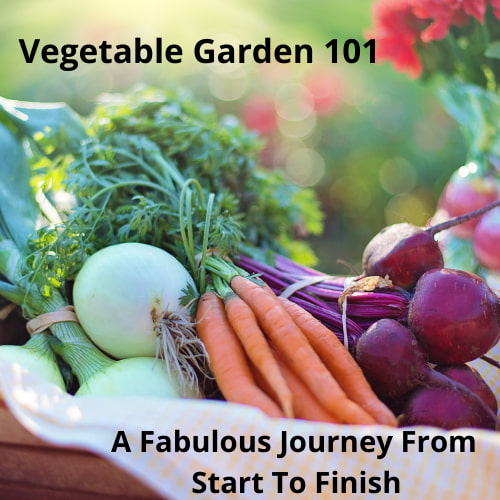
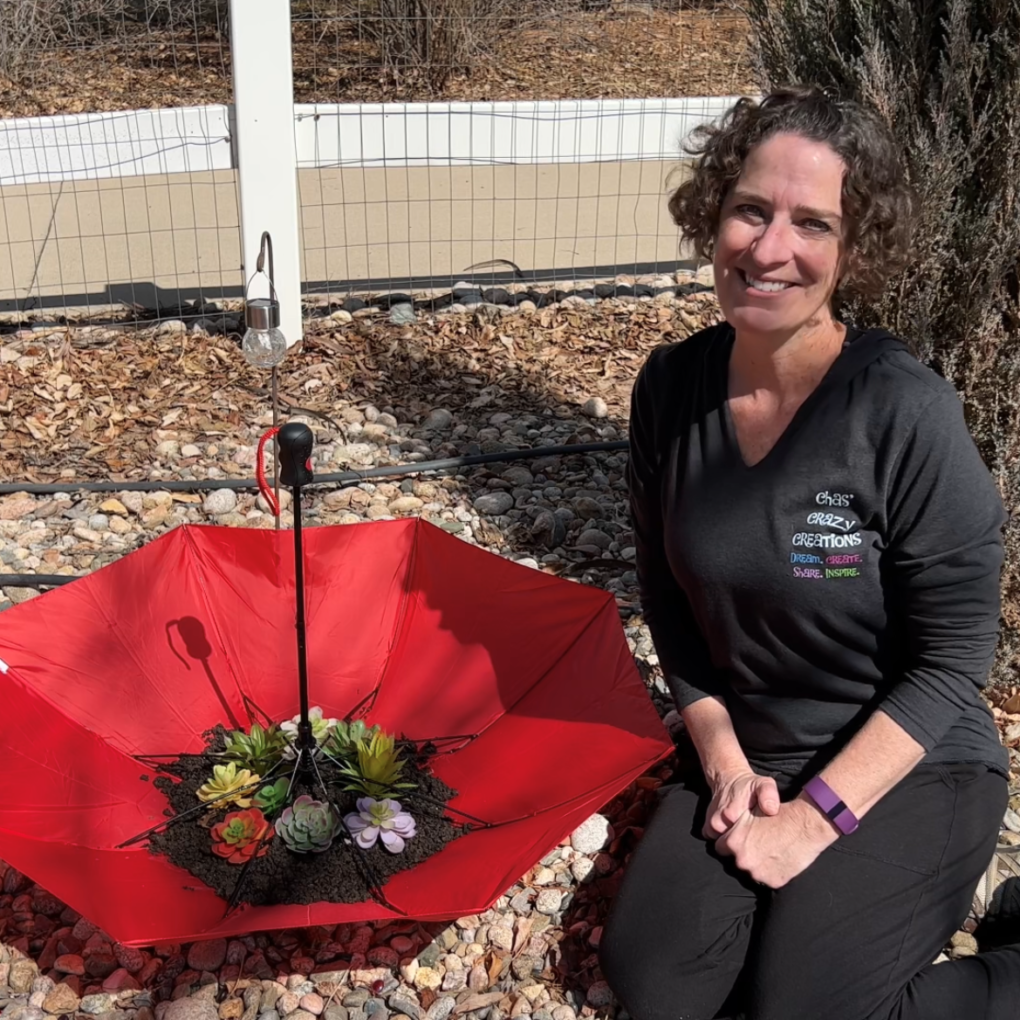
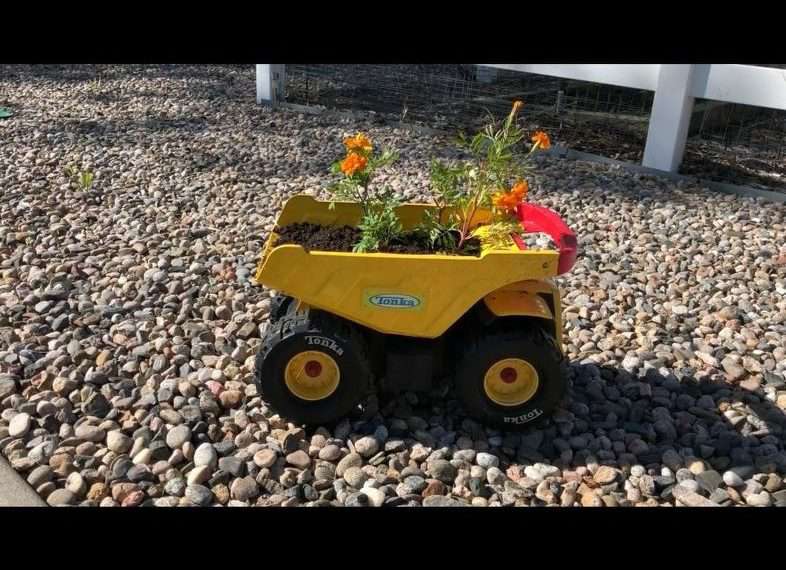
Further Gardening Reading
- Vegetable Garden 101 A Fabulous Journey From Start To Finish
- 3 Easy and Inexpensive Home Made Weed Killers
- Easy DIY Flower Gardening for Beginners with Video
- How To Get Rid of Vegetable Garden Pests with These 12 Easy Tips
- 5 Ways To Make Garden Markers
- Cheapest Way to Fill Planters: Tips and Hacks
Do you have any gardening tips or hacks that have worked wonders in your garden? We’d love to hear from you! Share your insights and ideas in the comments below. Together, we can create a community of gardeners who inspire and learn from one another.
By incorporating these handy hacks into your gardening routine, you’ll be well-equipped to tackle common challenges, nurture your plants, and enjoy the bountiful rewards of a thriving garden.
Remember, gardening is an ongoing learning process, and experimentation with different techniques can lead to exciting discoveries. So don’t be afraid to try new tricks and share your own gardening hacks with fellow enthusiasts. Together, we can create a vibrant and flourishing community of green thumbs.
With these gardening hacks, you’ll be well-equipped to create a thriving garden. From using alternative fillers in your flower pots to utilizing coffee grounds as fertilizer, these tips will save you time, money, and effort while promoting healthy plant growth. So head out to your nearest gardening center, gather your supplies, and get ready to transform your garden into a lush and vibrant oasis. Don’t forget to subscribe to our YouTube channel and visit our blog for more gardening inspiration. Happy gardening!

